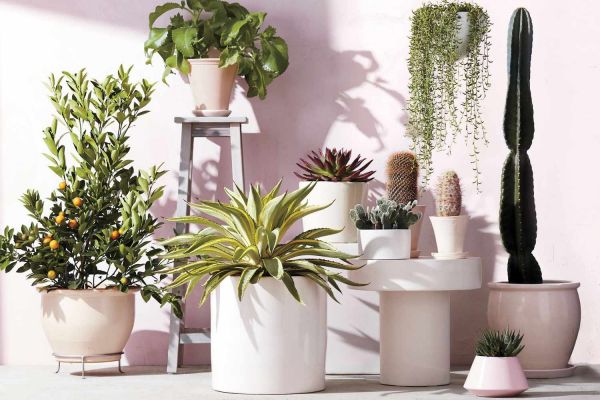Indoor plants are one of the most demanding plans nowadays as they can give your house or room a new and better look which even works as an air filter. It is hard to make indoor plants sustainable.
While planting indoor plants gives cozy and greenery in your life it is also important to consider the carbon footprint that your houseplants have made to reach to your house.
So here are the 11 ways to sustain and care for your indoor plants the right way:
1. Collect Rainwater
Collecting rainwater is one of the ways to sustain indoor plants as tap water and the brought water is treated in the treatment center it doesn’t have the minerals as the rainwater. Natural rainwater has more of the minerals that plants need than tap water.
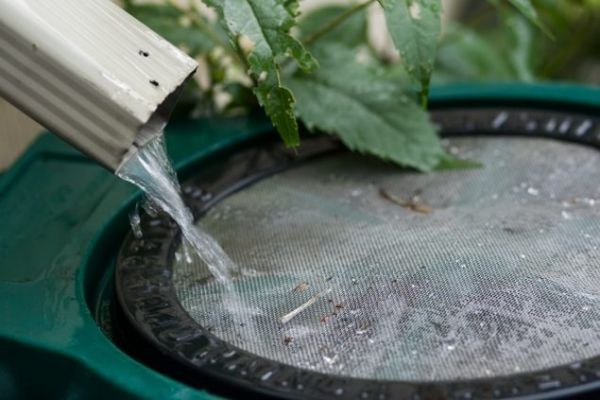
All you have to do is get a bucket and set it outside to collect water. Place the bucket under the gutter downspouts with metal screen sheets so the leaves and other things won’t be collected in the bucket except for water.
2. Use Plant Containers Made From Recycled Materials
Plant containers are the most important for indoor planting but you can use the recycled plant container when shopping for the plant pot.
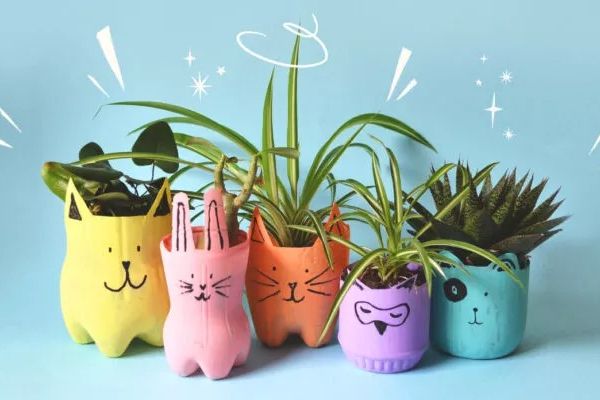
It doesn’t only help nature and the earth rather it also helps to reduce wastage and creates a habit of recycling.
3. Repurpose Containers or Purchase Secondhand Pots
You can even repurpose the old containers and pots or buy secondhand pots. It will help to recycle those pots and containers while reducing wastage which is bad for the environment.
You can buy secondhand plants with pots in thrift stores near you or you can buy them through the Facebook marketplace too. You can also repurpose your old existing containers that are not in use like glass jars and old drawers.
4. Keep your household safe
As you may know, there are a lot of plants that can harm your children and pets. So you should avoid using those plants if you have children and pets at your house. Some of the plants like sago palms, philodendrons, oleanders, some ivies, sansevierias, and ZZ are harmful to both children and pets.
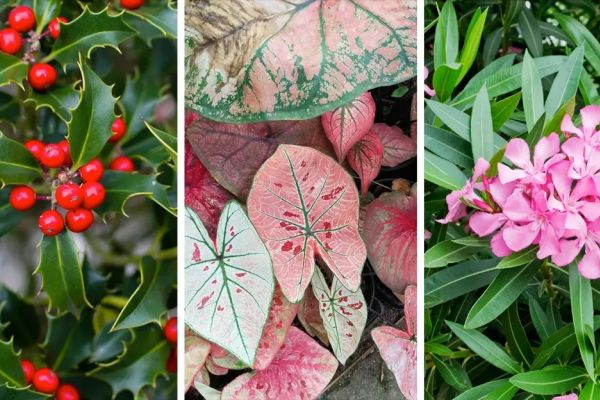
Plants like lilies, tulips, crocuses, narcissus, onions, and garlic are toxic to both dogs and cats and should be kept away from their reach. You can also check a lot of articles that give harmful plant lists for your children and pets.
5. Use Coir-Based Mix
So what is a coir-based mix? The coir-based mix is a potting mix made up of coconut husk which is blended with soil, peat moss, perlite, and many more substrates. They help to enhance the airflow, water retention, and nutrients which later help plants a lot to grow.
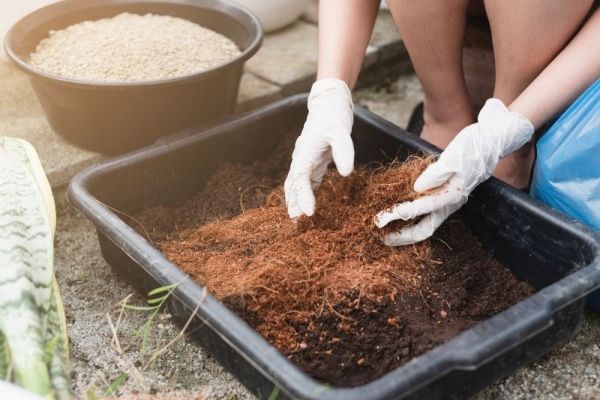
Most of the plant enthusiasts suggest not using peat-based mix for house plants. The peat-based mix is soil that is light and spongy which comes from wetlands after the decomposition of organic matter, primarily plant material. The peat takes a hundred years to regenerate even though they are renewable resource.
6. Create Your Own Peat-Free Mix
As we talked peat-based mix is soil that is light and spongy and comes from wetlands after the decomposition of organic matter, primarily plant material. However, there is a way to create a peat-free mix at your home.
All you will need is coir, perlite, or builder’s sand, and compost that will help your plant grow faster and carbon-free at home.
7. Purchase Locally Grown Plants
You can also get the plants that were grown locally in the nursery which means they were not shipped from other places to your nursery. It will not only help your local nursery it will also help the environment as the plants were not shipped which means no carbon footprint was left.
8. Propagate Plants for Free
You can propagate your plant or your friend’s plants through Cuttings and Layering methods. It will help you to feel a connection with the plant and learn a lot about plant propagation.
Propagating plants also helps you save a lot of money as the plant is grown through the help of another plant and the indoor plants can be expanded a lot for free of cost.
9. If Not Local, Consider Where Your Plants Were Grown
It is also one of the important points as some plants are native to some continents or areas. You will have to learn a lot of the things about that plant like its sun requirement. whether the plants need to be in the greenhouse or not, if the plants are low-maintenance or high-maintenance.
Hancock also said that the “houseplants grown in Miami, for example, aren’t typically grown in greenhouses—so while they may have more carbon associated with being shipped to your location, they were grown with a lot less energy than plants grown in the North where greenhouses have to be heated/cooled during the hottest and coldest months”.
10. Use Food Waste to Support Your Houseplants
You can use the wasted food to support your houseplant if you use them as fertilizer so no wastage will be done.
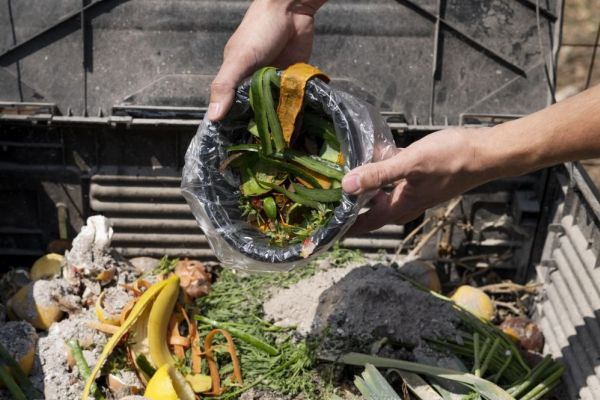
You can also use eggshells as a fertilizer by collecting them and crushing them while running them through a blender to make their fine powder to be used as fertilizer as they have calcium in them. The food waste can be re-used rather than going to waste and thrown away.
11. Compost Dead Houseplants
You can also use your dead houseplants to be used as a composite fertilizer rather than throwing them away which can be bad for the environment as they create methane gas. The dead plants can be broken down and used as a natural fertilizer for your plants which will help your indoor plants to grow effectively than at other times.
FAQs
1. Can a dead houseplant be used as a fertilizer?
Yes, a dead houseplant can be used as a fertilizer which helps the plant to get the minerals it needs to grow.
2. Can eggshells be used as a fertilizer for houseplants?
Eggshells can be used as a houseplant fertilizer as the egg contains calcium which plants love to take to grow healthy. Not, only eggshells but most of the food waste can be used as a fertilizer.
3. Are some plants harmful to children and pets?
Yes, plants like palms, philodendrons, oleanders, some ivies, sansevierias, and ZZ are harmful to both children and pets. While plants like lilies, tulips, crocuses, narcissus, onions, and garlic are toxic to both dogs and cats.
Also Read: Container Gardening Made Easy: 10 Sun and Shade-Loving Low-Maintenance Plants
